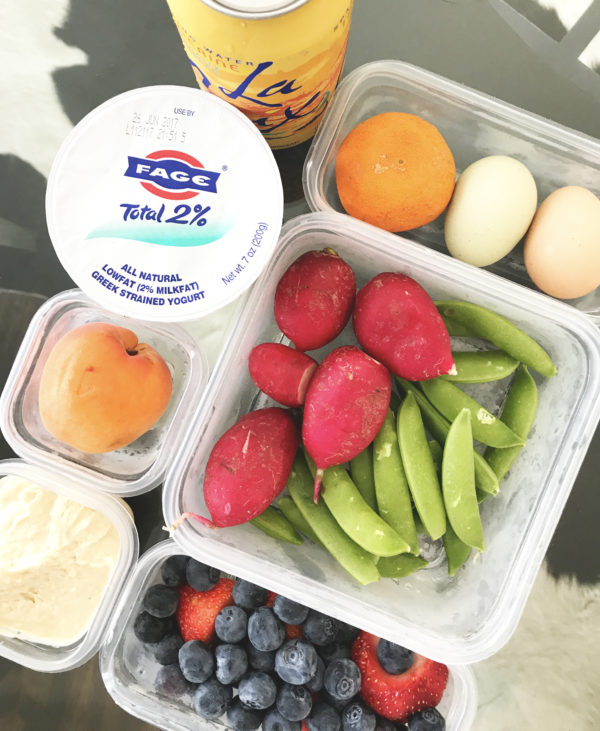A Note from Your Favorite GF GF (Gluten Free, Girlfriend)
“Can you make a note that I’m actually allergic?” – me to every server ever.
Today, I’m reaching out to #HopNation to discuss the high maintenance lifestyle that is gluten free eating. Why is it so popular these days? Is gluten really making an increasing number of people sick? Is it seriously healthy to give up gluten? *Note that I’m not a doctor, I’ve done minimal research, and I’m generally known as a grade-A BSer (in addition to being a gf gf) so please take everything that I share with that in mind.
Why is going gluten free so popular these days? Hello! Being healthy is #trending. People are all trying to live their best lives. And a lot of people think that going gluten free is a way to positively impact their diets. I think this comes from the idea that eating fewer carbs is healthier. According to Women’s Marketing the global wellness economy reached $3.7 trillion in 2016. That adds up to a lot of “Take My Money Tuesdays” (P.S. be sure to check out our next episode of Take My Money Tuesday every Tuesday on Facebook!).
Now, of course, there are some people who are giving up gluten for other reasons. AKA me, AKA my grandma (Mimi), AKA more than 18 million Americans with celiac disease and/or gluten sensitivity. 18 million Americans! That’s a ton of people! But, lets focus on my Mimi. She found out that she had celiac disease (celiac = serious autoimmune disorder that can result in damage to the small intestine when gluten is ingested) long before it was popular to be allergic to gluten. Back in the 1950s, Mimi was feeling pretty sick pretty often. The doctors recommended that she stick to the BRAT diet. B – bananas, R – Rice, A – Applesauce, T – Toast. They thought that these ‘simple’ foods would be easier on her digestive system, but boy were they wrong! Because, that’s right, TOAST was not doing Mimi any favors. Mimi got sicker. Finally the docs figured out that she had a “rare” (at the time) disease: celiac. There were no widely available gluten alternatives, so, her husband, my grandpa (Papa) had to learn how to fix a lot of gluten free dishes at home. #WhatACatch
So, in the 1950s, Mimi had a rare disease and could basically only eat the food that Papa fixed for her, and today every grocery store has a gluten free section, most restaurants have a gluten free menu, and more than 18 million people suffer from gluten sensitivity. What’s up with that (Seinfeld voice)?! Are people today just weak? Actually, no it’s not because people are weak, in fact, in the 1950s scientists started altering wheat to make it grow better. They developed a “new wheat” that grew faster, was more resistant to pests and drought, and produced more per acre. Unfortunately, these changes altered the genetic and biochemical make up of the grain in a major way. Many people believe that the “new wheat” is more difficult for more people to digest than its predecessor (“old wheat”), leading to more people with reported allergies/sensitivities.
So, we’ve established that people want to be healthy in general and that there are a ton of gluten free options available today. And there is no need for us to establish that people with gluten sensitivity don’t want to be sick (duh). Ipso facto #HopNation should ditch the gluten and grab for the “gluten free” products, right? Wrong.
Giving up gluten products (think: bread, cookies, cakes, pasta) is a great way to decrease overall carb intake. However, when you replace those foods with “gluten free bread,” and “gluten free cookies,” you’re still ingesting carbohydrates and you’re actually likely adding calories and sugar. Most commercially sold GF alternatives are made with rice flour and/or potato starch. Wheat flour weighs in at 124 calories and 27 carbs per ¼ cup. White rice flour weighs in at 150 calories and 32 carbs per ¼ cup. Potato starch weighs in at 160 calories and 40 carbs per ¼ cup. No need to do the math – switching to commercially sold gluten free products is adding a lot of extra calories and carbs to your diet. This GF GF’s recommendation? Cut the bread, cookies, cakes, pastas, etc out of your daily routine entirely. Enjoy them only on special occasions and opt for the GF versions if gluten bugs your stomach. If not, go for the gluten version, it’s almost always cheaper!
Meet the Author:

